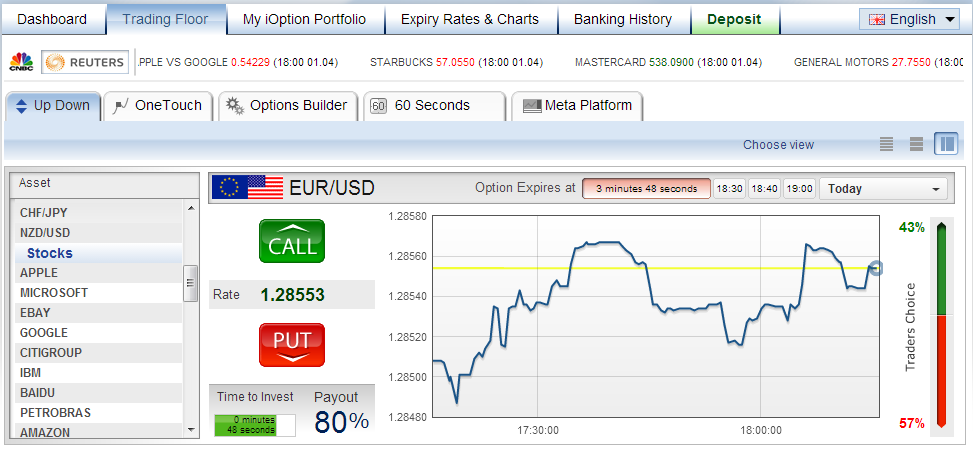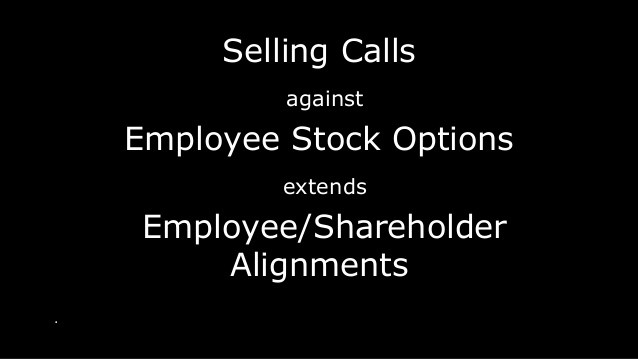Hedging With Puts and Calls
Post on: 17 Май, 2015 No Comment

There are many cases where an investor might want to reduce the amount of risk when trading stocks. One simple way is by hedging with puts and calls . The two basic ways investors use options to hedge is by selling a call option, called a covered call, or by buying put options. Each way has advantages and disadvantages, and there are best use scenarios for each as we will see below.
Hedging with Calls
When you sell a call you get paid immediately, but there is a possibility that the price of the stock will continue to rise and the stock will get called away from you. On the other hand, if the stock price declines the money you made by selling the call will offset the losses in the stock’s value. It works like this: Say you own a stock which is currently worth $75 a share. You sell a $85 call on the stock and receive $6.00 a share. This means that the stock can actually fall by $6.00 and you will still break even. If the stock only falls by $4.00 by the expiration of the option you make $2.00 a share. The money you make from selling the call protects you against the possibility that the stock will lose value over time. Of course if the stock falls by more than what you were paid for the call you will still suffer a loss, but it will be partially offset by your profit from selling the call. So, it is a limited hedging strategy and is best used when you expect a short term selloff in the stock which is not going to be very steep.
Hedging with Puts

Buying a put doesn’t pay you upfront like selling a call does. It can be considered more as a form of insurance and the cost of the put is like your insurance premium. It is also like insurance in that it covers you in case of disaster, but if the disaster never happens your premium is gone. Following the same lines as the example above, suppose you own a stock currently worth $75 a share. You decide to purchase a $69 put for $6.00 a share to protect you from a decline in the stock. If the stock does decline by $6.00 to $69 a share you actually have a loss because the put will only be worth $1.00 plus you will have the $6.00 loss in the stock for a total loss of $11.00 a share. So far things aren’t looking so great with this hedging strategy. However, if the stock sells off sharply, say down to $55.00 a share, the put performs much better. At this level you would have a $20.00 loss in the stock, but the put might be worth $20.00 a share. You paid $6.00 for the put so you have a profit of $14.00 a share on the put. This partially offsets your $20.00 loss in the stock, making it a $6.00 loss.
Wrapping Up
As you can see, the covered call option is good when there are smaller movements in the stock price as it only covers you down to a certain point. The put option will not cover you until a breakeven point is reached, but below that it covers you all the way down to the stock trading at $0. It limits your loss no matter how far the stock falls. In this day and age of volatility in the markets, hedging with puts and calls can be a valuable tool in any traders’ arsenal, protecting them from unexpected moves in their investments.














